TABLE OF CONTENTS :
- What Can You Eat on a Slow Carb Diet?
- Key Principles of the Slow Carb Diet
- What Foods Can You Eat on a Slow Carb Diet?
- Foods to Avoid on the Slow Carb Diet
- Sample Meal Plan for the Slow Carb Diet
- Benefits of Eating on a Slow Carb Diet
- Recent Recipes
- FAQs
- Conclusion
What Can You Eat on a Slow Carb Diet?
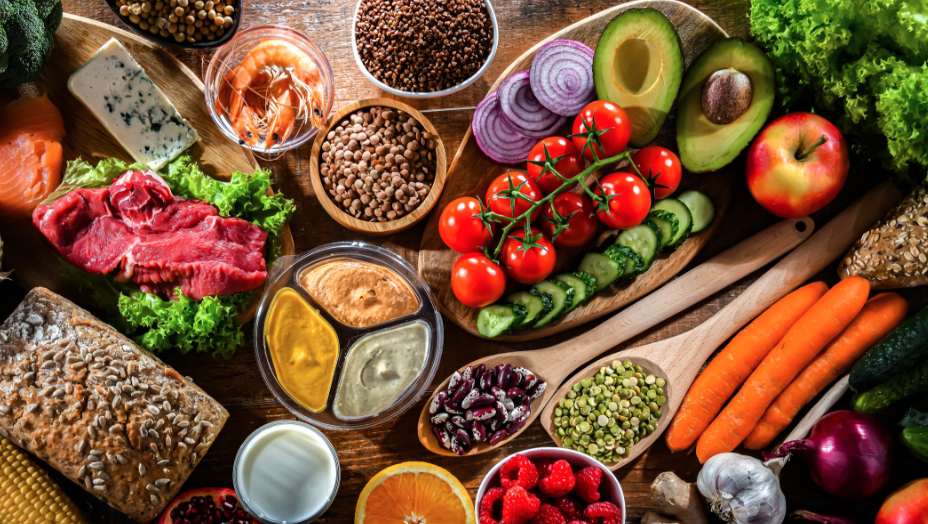
The Slow Carb Diet is a nutritional strategy introduced by Tim Ferriss in his book, “The 4-Hour Body.” It focuses on eating foods that are digested slowly, providing sustained energy and preventing blood sugar spikes. By following a simple set of dietary rules, you can lose fat without feeling deprived.
In this article, we’ll dive into the foods you can eat on the Slow Carb Diet, how it works, and what foods to avoid. Whether you’re new to this approach or looking for more detailed guidance, this article will help you understand how to structure your meals for optimal results.
Key Principles of the Slow Carb Diet
Focus on Slow-Digesting Carbs
The foundation of the Slow Carb Diet is to prioritize foods that have a low glycemic index (GI), meaning they take longer to digest and convert into glucose. This results in a steady release of energy, keeping you fuller for longer and reducing cravings.
Unlike fast carbs (like white bread and sugar), slow carbs don’t cause blood sugar spikes, making them ideal for sustained weight loss and energy levels.
Lean Proteins as a Staple
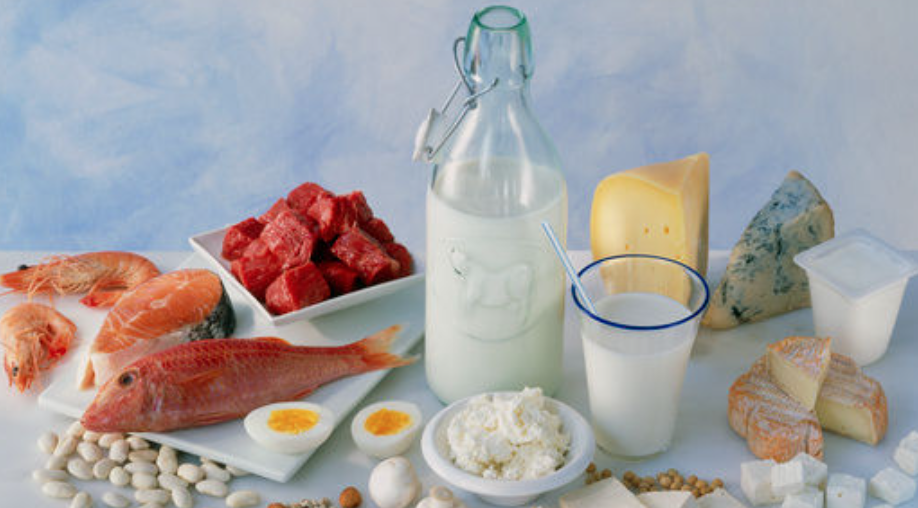
Protein is essential on the Slow Carb Diet. Lean proteins, such as chicken and fish, are necessary for muscle repair, fat loss, and maintaining satiety. Protein also plays a role in stabilizing blood sugar levels, preventing the crashes that come with carb-heavy meals.
Healthy Fats for Satiety

Healthy fats, like those found in avocados, olive oil, and nuts, play an essential role in this diet. They provide long-lasting energy, help absorb fat-soluble vitamins, and keep you feeling full between meals.
What Foods Can You Eat on a Slow Carb Diet?
The Slow Carb Diet emphasizes whole, unprocessed foods that are high in protein and fiber while being low in simple carbohydrates. Here’s a closer look at the primary food groups you can enjoy on this diet.
1. Beans and Legumes
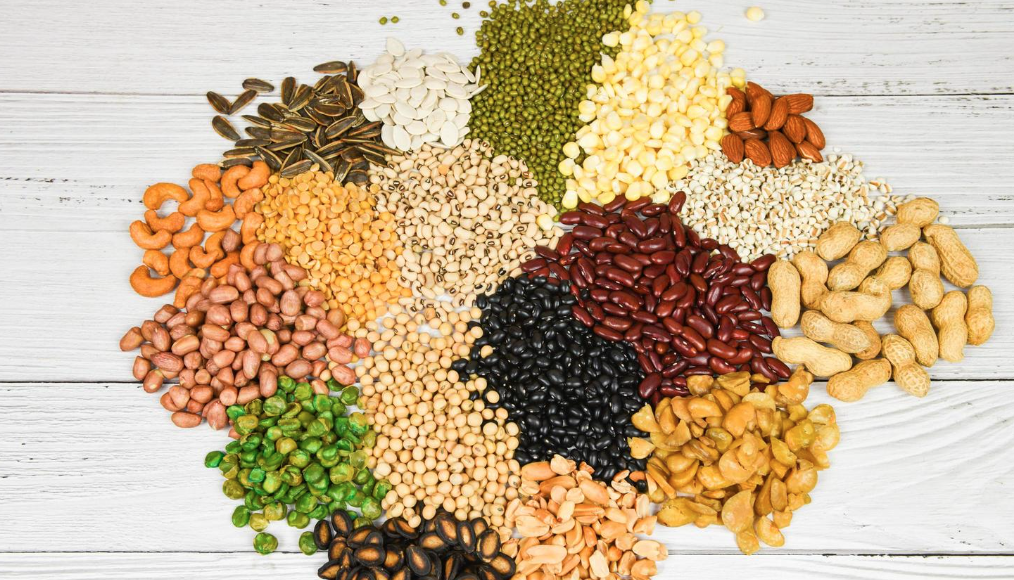
- Examples: Black beans, lentils, chickpeas, pinto beans.
- Why They’re Important: Beans and legumes are the primary source of carbohydrates on the Slow Carb Diet. They are packed with fiber and protein, which slow digestion and help stabilize blood sugar. This makes them an excellent choice for anyone looking to stay full and energized for longer periods.
Incorporating beans and legumes into your meals is easy. You can add them to salads, soups, and even as a side dish with lean proteins like chicken or beef.
2. Vegetables

- Examples: Spinach, broccoli, cauliflower, kale, asparagus, Brussels sprouts.
- Nutritional Benefits: Vegetables are nutrient-dense, low-calorie, and full of fiber, making them perfect for a slow-carb meal plan. Green, leafy vegetables like spinach and kale are particularly beneficial due to their high vitamin content and antioxidant properties.
Vegetables should be a staple in every meal. They help add volume without adding unnecessary calories, keeping you full and satisfied while promoting weight loss.
3. Lean Proteins
- Examples: Chicken breast, turkey, fish (salmon, cod, tuna), lean beef, eggs.
- Why They’re Included: Protein is the cornerstone of any weight loss diet, and the Slow Carb Diet is no exception. Lean proteins are essential for muscle repair and fat burning. Protein also has a high thermic effect, meaning your body burns more calories digesting protein than it does with fats or carbs.
Incorporate lean proteins into every meal to maintain muscle mass and promote fat loss. Grilled chicken, baked fish, and scrambled eggs are quick, easy ways to hit your protein goals on this diet.
4. Healthy Fats
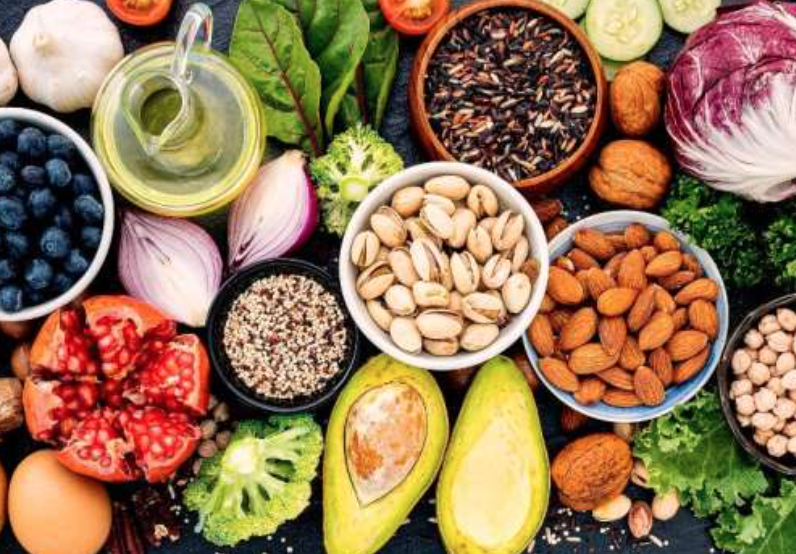
- Examples: Avocados, olive oil, almonds, walnuts, flaxseeds, chia seeds.
- Role in Diet: While the Slow Carb Diet isn’t a high-fat diet like keto, it does encourage the consumption of healthy fats in moderation. These fats help increase satiety, improve brain function, and support the absorption of fat-soluble vitamins (A, D, E, and K).
Add avocados to your salads, drizzle olive oil over your vegetables, or snack on a handful of almonds to incorporate healthy fats into your meals.
Foods to Avoid on the Slow Carb Diet
To succeed on the Slow Carb Diet, there are several food groups that you need to avoid. These foods are typically high in simple carbohydrates, sugar, or processed ingredients that can derail your weight loss efforts.
1. White Carbohydrates
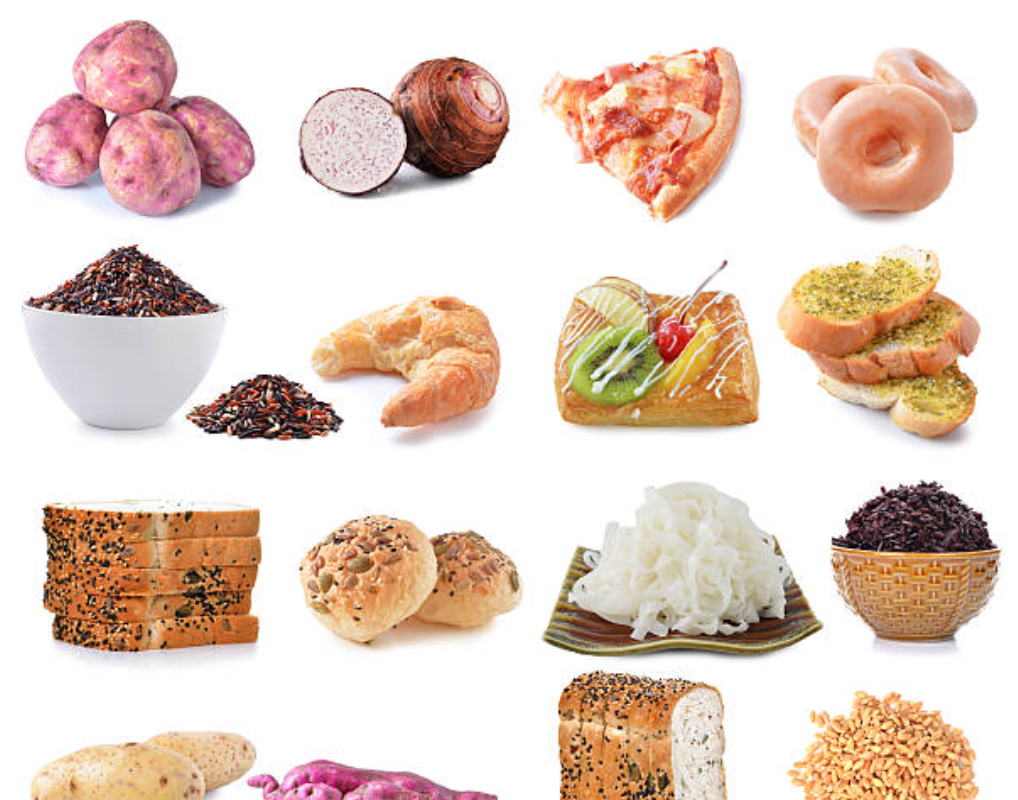
Foods made from white flour or highly processed grains are strictly off-limits on the Slow Carb Diet. These include:
- Bread
- Pasta
- Rice
- Potatoes
- Fried foods with breading
These foods digest quickly, causing sharp increases in blood sugar followed by crashes, which leads to hunger and overeating.
2. Sugary Foods and Drinks
Avoid all forms of added sugar. This includes:
- Soda and fruit juices
- Desserts (cakes, cookies, candy)
- Processed snacks (granola bars, breakfast cereals)
Instead, focus on unsweetened beverages like water, black coffee, and tea.
3. Dairy Products
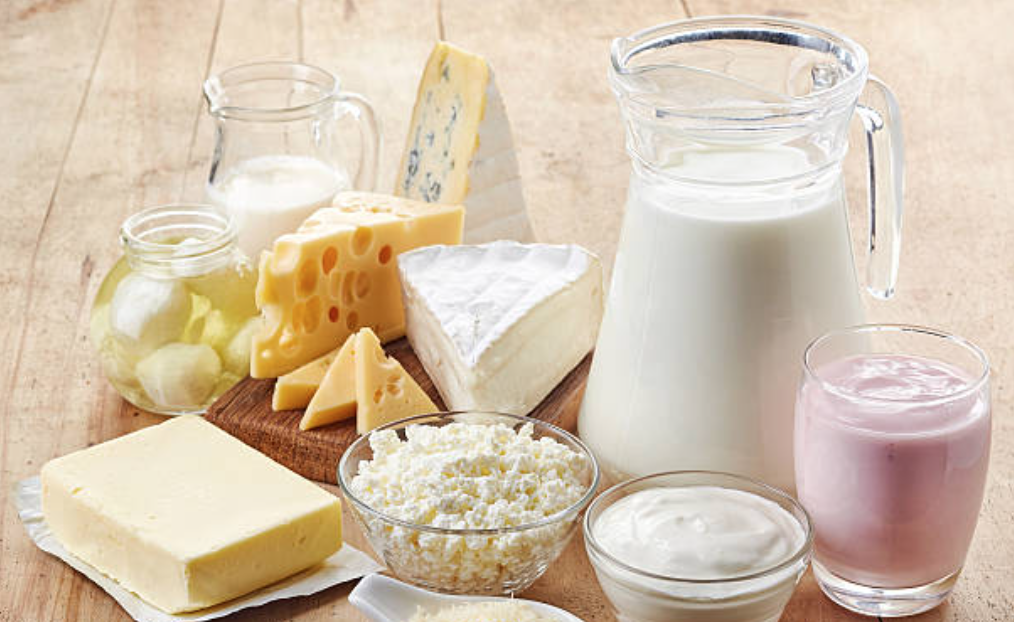
Dairy, including milk, cheese, and yogurt, is typically avoided on the Slow Carb Diet. These products can contain high levels of sugar (lactose) and are excluded to prevent blood sugar spikes.
For those who enjoy dairy, this can be a challenge, but you can replace it with alternatives like unsweetened almond milk or coconut milk.
Sample Meal Plan for the Slow Carb Diet
Here’s an example of how to structure your meals for two days on the Slow Carb Diet. The goal is to keep meals simple and repetitive to make meal planning and prepping easier.
Day 1
- Breakfast: Scrambled eggs with spinach and black beans.
- Start your day with a high-protein, fiber-rich meal that keeps you full through the morning.
- Lunch: Grilled chicken salad with avocado and olive oil.
- This lunch provides a balance of lean protein, healthy fats, and fiber to fuel your afternoon.
- Dinner: Lentil stew with lean beef and vegetables.
- A hearty, slow-carb dinner filled with fiber, protein, and essential nutrients.
Day 2
- Breakfast: Black bean omelet with salsa.
- Add some flavor to your breakfast with a bean-based omelet. Beans provide slow carbs, while eggs provide protein.
- Lunch: Turkey lettuce wraps with guacamole.
- Ditch the bread and use lettuce as a low-carb alternative. Guacamole adds healthy fats to keep you satisfied.
- Dinner: Baked salmon with broccoli and olive oil.
- Salmon is rich in omega-3 fatty acids, which support heart health and reduce inflammation. Pair it with broccoli for a fiber-rich, nutrient-dense meal.
Benefits of Eating on a Slow Carb Diet
The Slow Carb Diet offers numerous health benefits, particularly when it comes to weight loss and blood sugar management.
1. Weight Loss and Fat Loss
The focus on slow-digesting carbs and lean proteins helps promote steady, sustainable fat loss. By avoiding refined carbs and sugars, the body is able to burn fat for fuel more efficiently.
Many people experience rapid weight loss within the first few weeks of starting the diet, often losing 1-2 pounds per week.
2. Stabilized Blood Sugar Levels
Slow carbs like beans and legumes release glucose gradually into the bloodstream, preventing spikes in blood sugar. This helps maintain energy levels throughout the day and reduces the risk of energy crashes, which often lead to overeating.
3. Increased Energy and Reduced Hunger
Because the foods on the Slow Carb Diet are digested slowly, they provide a longer-lasting source of energy compared to fast-digesting carbs. This helps prevent hunger pangs and keeps you feeling satisfied between meals.
Recent Recipes :
FAQs
1. Can you eat fruit on the slow carb diet?
Fruits are generally restricted on the Slow Carb Diet due to their high sugar content. The diet focuses on slow-digesting carbs like beans and vegetables. However, you are allowed to indulge in fruit on your cheat day.
2. Are beans the only source of carbs on the slow carb diet?
While beans and legumes are the primary source of carbs, you can also consume non-starchy vegetables like broccoli, cauliflower, and leafy greens. These vegetables are low in carbohydrates and provide essential vitamins and minerals.
3. How often can you eat on the slow carb diet?
You can eat as many meals as you need throughout the day, as long as they comply with the Slow Carb Diet’s food guidelines. Most people find that three main meals (breakfast, lunch, and dinner) are enough, but snacks like boiled eggs or guacamole are also allowed.
4. Is dairy allowed on the slow carb diet?
Dairy is typically avoided on the Slow Carb Diet because of its lactose content, which is a type of sugar. However, you can use unsweetened plant-based alternatives like almond milk in your recipes.
Conclusion
The Slow Carb Diet offers a straightforward approach to weight loss and improved health by focusing on slow-digesting carbs, lean proteins, and healthy fats. By incorporating beans, vegetables, and lean proteins into your meals, you can maintain steady energy levels, reduce hunger, and achieve sustainable weight
